Partnerships
This is the April 2018 issue of the Transportation and Hydrogen Newsletter.
April 19, 2018
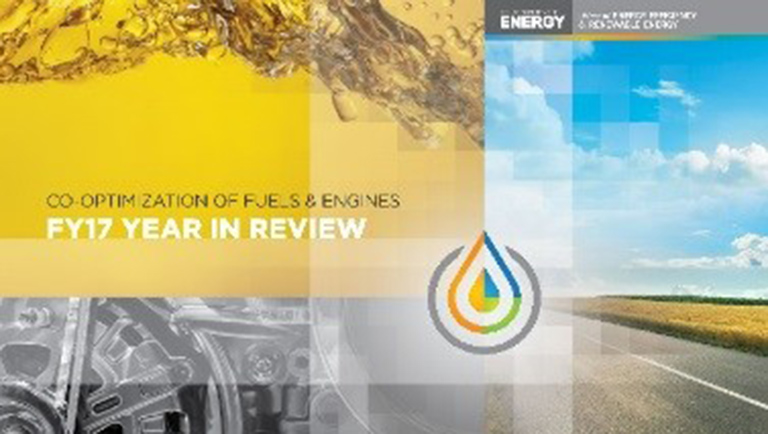
Co-Optima Capitalizes on Domestic Energy Resources & Nationwide Partnerships
The United States could increase domestic fuel supplies by 25 billion gallons per year while leveraging the nation’s existing $1 trillion fuel infrastructure and saving Americans as much as $35 billion dollars per year at the pump, according to recently released Co-Optimization of Fuels & Engines (Co-Optima) reports. The FY17 Year in Review rounds up the advances of this effort led by NREL in partnership with eight other national labs and 13 universities. Two other new studies detail how scientific research has identified blendstocks with the greatest promise for meeting performance, efficiency, and air quality targets.
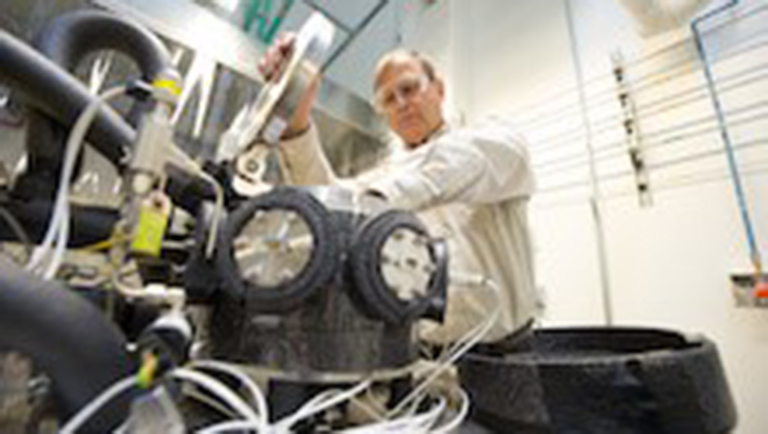
Hydrogen Sensor Lab Collaboration Helps KPA, Toyota Adapt Repair Facilities for FCEVs
NREL’s Hydrogen Sensor Laboratory was recently used in collaboration with KPA Services, LLC and Toyota Motors to provide critical performance data that enabled a faster permitting process to accommodate fuel cell electric vehicles (FCEVs) in repair facilities. Sensors are necessary to alert personnel to the presence of hydrogen. Following validation at NREL, KPA selected a sensor that provides extended monitoring and long-term stability, and it has been deployed in at least nine Toyota repair facilities to date.
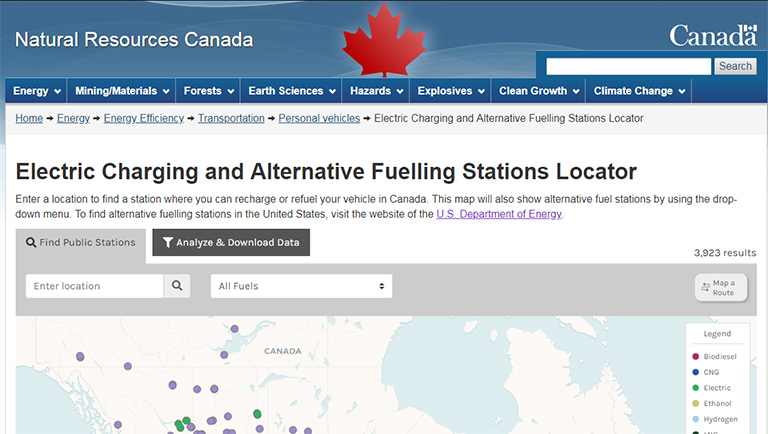
International Collaboration Launches New Alternative Fueling Station Tool
NREL teamed up with Natural Resources Canada to create the Electric Charging and Alternative Fueling Stations Locator, a Canadian version of the lab’s popular U.S. Alternative Fueling Station Locator. The tool, part of a significant investment by the Canadian government to expand the country’s electric and alternative fueling infrastructure, gives drivers and fleets access to user-friendly and reliable information about stations offering electric vehicle charging, E85, biodiesel, natural gas, propane, and hydrogen.
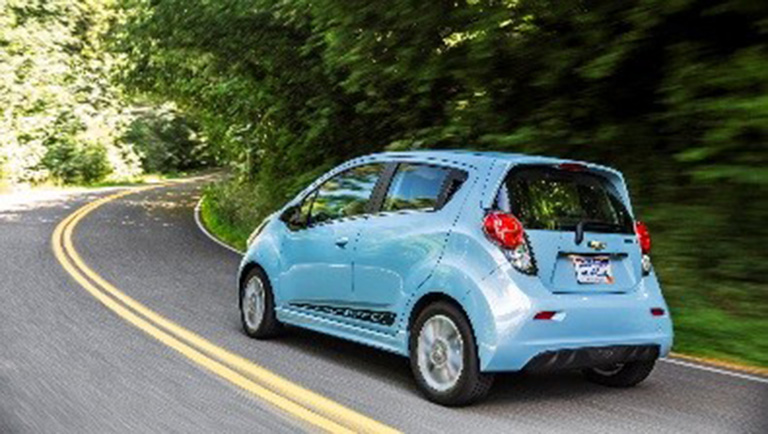
Statewide Assessment Focuses on Eliminating Range Anxiety for Electric Vehicle Owners
NREL is working with the Colorado Department of Transportation (CDOT) on its RoadX program to make Colorado’s transportation system one of the most technologically advanced in the nation. The lab helped shape foundational concepts for this multi-pronged program, and last year partnered with CDOT and the Regional Air Quality Council to evaluate the need and set the framework for fast-charger networks across the state based on anticipated increases in consumer demand.
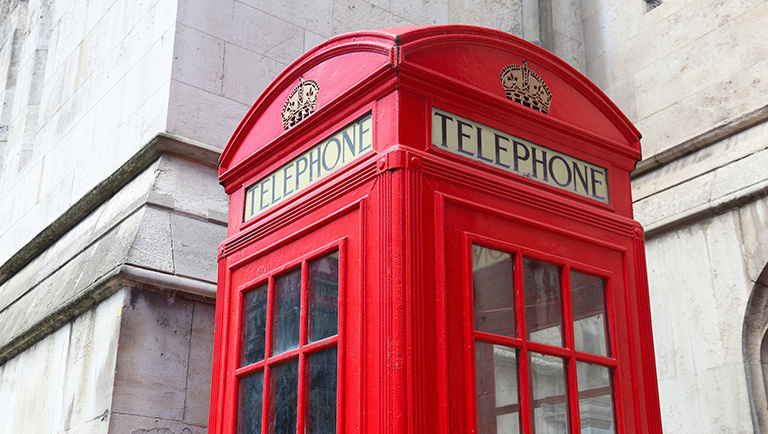
London Calling:Researchers Cross the Pond to Provide Energy Storage Solutions
Researchers from NREL are not only national trailblazers but are also in demand overseas. Collaboration with University College London and NASA resulted in a prestigious UK Engineer Collaborate to Innovate Award for the patented Battery Internal Short Circuit Device. Expertise on emerging energy storage technologies is being shared with the UK’s Faraday Institution and a recent European webinar on “Overcoming the Impacts of Fast Charging on Hybrid/Electric Vehicles, Batteries, and Charging Systems” was moderated by NREL’s Vehicle Electrification Manager.

Transportation Research Fueled by Academia
NREL outreach on the rapidly-evolving arena of transportation has long included university partnerships and joint appointments for researchers and professors. Over the past few years transportation researchers have collaborated with more than 20 U.S. and international universities. This exchange advances early-stage research, leads to award-winning projects, and cultivates strong relationships with the next generation of scientists and engineers.
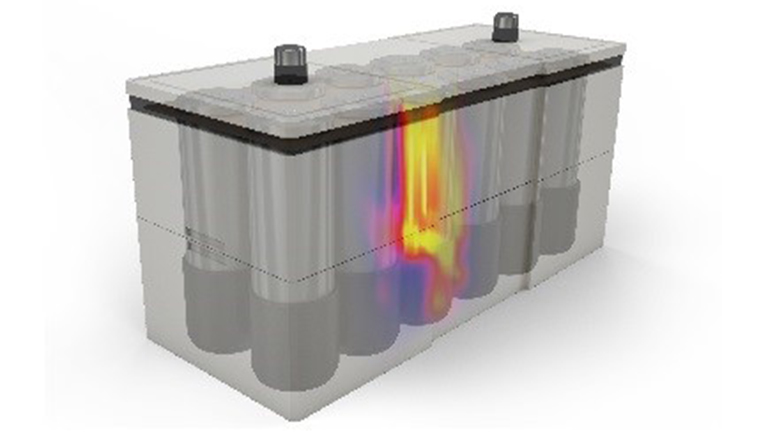
KULR Technology Inks Deal for Exclusive Licensing of the Battery ISC Device
Under agreement with NREL, KULR will manufacture and distribute the patented Battery Internal Short Circuit (ISC) device to industrial, research, and design clients. The ISC device causes predictable Li-ion battery cell failures, allowing researchers to study the causes behind thermal runaway—extreme heat that spreads from one failed battery cell to another, resulting in fire or explosion. KULR is already developing innovative battery safety devices, so this partnership will add to their efforts to assist manufacturers in developing the next generation of Li-ion battery safeguards.
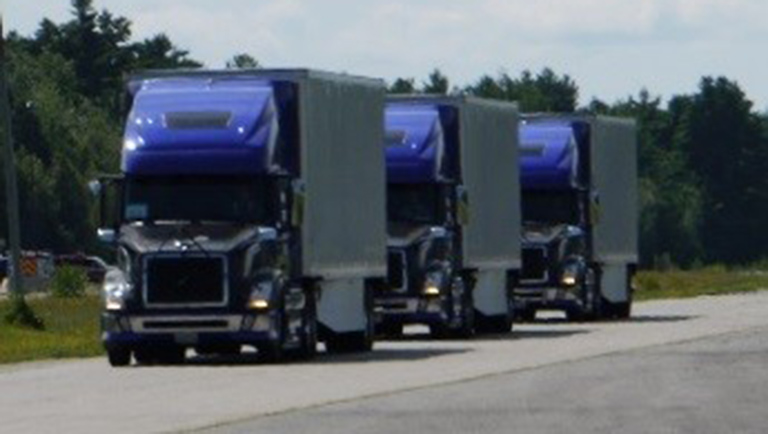
Industry-Government Partnerships Advance Truck Platooning Energy Savings
In partnership with Volvo, NREL conducted a geospatial analysis of real-world telematics data from more than 50,000 Class 8 Volvo tractor trailers and determined that about 55% of the miles traveled were conducive to platooning. In a separate track study conducted with Transport Canada and Lawrence Berkeley National Lab, NREL examined 27 different platooning scenarios to better understand the possible fuel savings in different formations of trucks using cooperative adaptive cruise control.
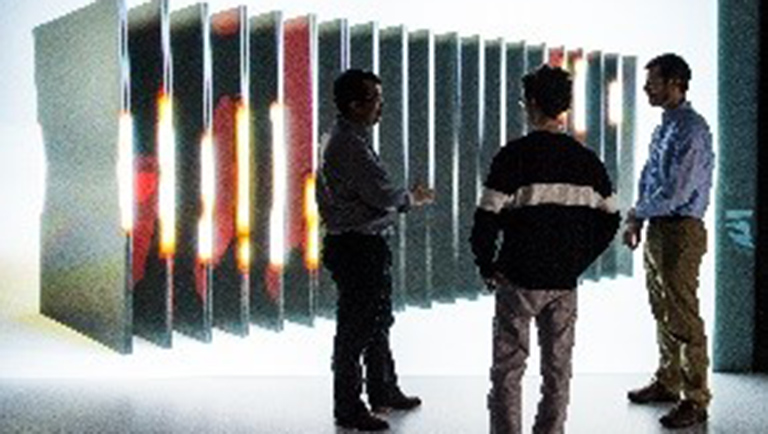
Purdue University Collaboration on Li-Ion Battery Electrodes Yields Insights: CAEBAT Model Featured on American Chemical Society Journal Tenth Anniversary Issue Cover
A stochastic algorithm developed by Purdue as part of NREL’s Advanced Computer-Aided Battery Engineering for Electric-Drive Vehicle Batteries (CAEBAT) is helping improve lithium-ion (Li-ion) battery electrode performance by enhancing the electrode microstructure. The algorithm explores morphologies for the carbon/binder “secondary phase” (also known as the solid phase) in Li-ion battery electrodes.
Learn more about NREL's Transportation and Mobility R&D, including Hydrogen and Fuel Cells, as well as partnership opportunities.
Share
